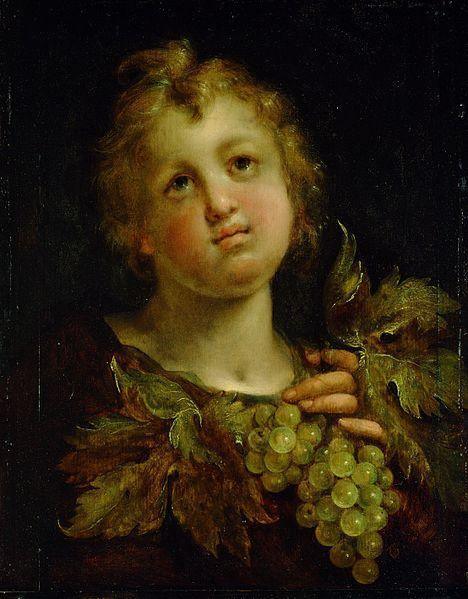Description
The painting "A Boy With Grapes" by Hans von Aachen is a German Renaissance masterpiece that has captivated art lovers for centuries. This artwork is a vivid and detailed depiction of a boy holding a bunch of grapes, with an expression of wonder and delight on his face.
Hans von Aachen's artistic style is evident in this painting, with his masterful use of light and shadow to create a sense of depth and realism. The composition of the painting is also impressive, with the boy in the center of the image and the dark background making him stand out even more.
Color is another prominent aspect of this artwork, with a rich and vibrant color palette adding a sense of life and vibrancy to the painting. The use of warm and cool tones also helps to create a sense of balance and harmony in the image.
The story behind the painting is fascinating, as it is believed to have been commissioned by Emperor Rudolf II of Austria in the 16th century. The painting was part of the emperor's art collection and remained in his possession until his death in 1612.
There are also lesser known aspects of this painting that are just as interesting. For example, it is believed that the boy in the painting is actually the artist's son, adding a personal touch to the work. Furthermore, the painting has been the subject of numerous interpretations over the years, with some art critics suggesting that it represents innocence and purity, while others see it as a social critique of opulence and excess.
In short, "A Boy With Grapes" is a stunning work of art that continues to captivate art lovers around the world. With its distinctive artistic style, impressive composition, vibrant color, and rich history, this painting is a true gem of the German Renaissance.

